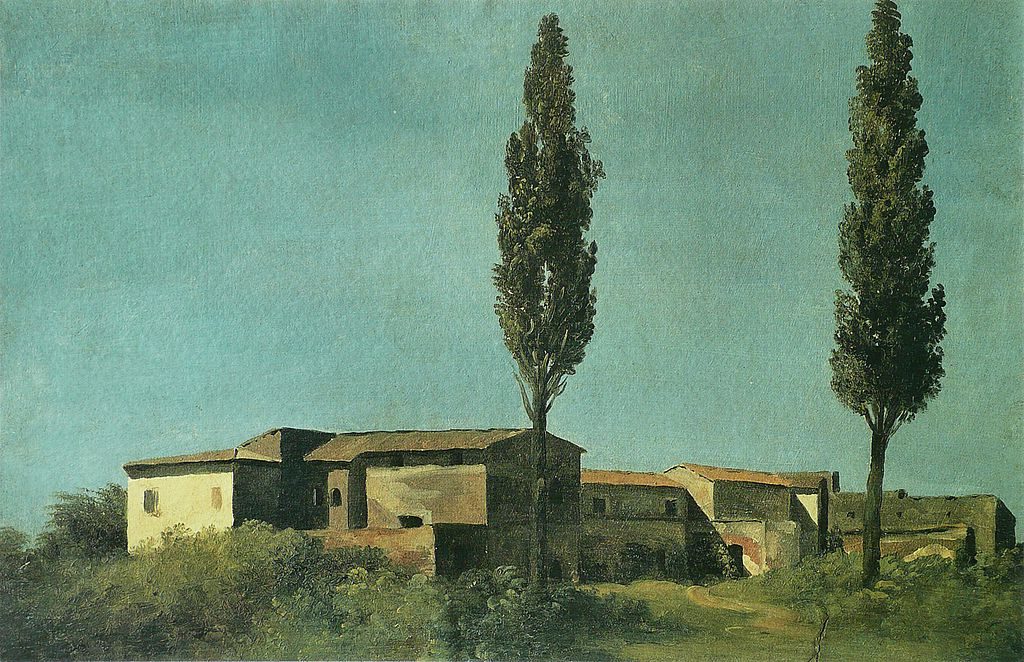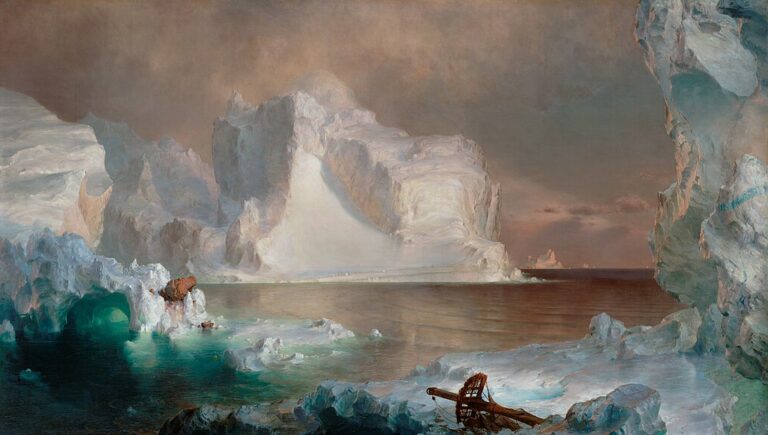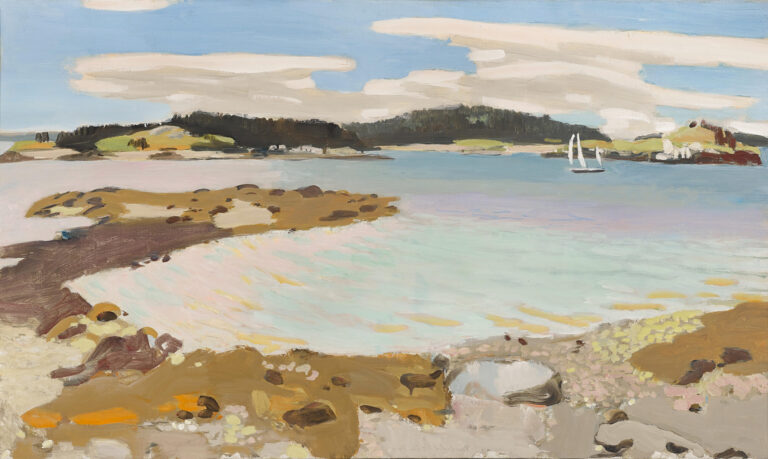Pierre-Henri de Valenciennes: Painter and Pioneer of Neoclassical Landscape Art
Born: 6 December 1750, Toulouse, France
Death: 16 February 1819, Paris, France
Art Movement: Neoclassicism
Nationality: French
Teacher: Louis Étienne Watelet
Pierre-Henri de Valenciennes: Painter and Pioneer of Neoclassical Landscape Art
Life and Background of Pierre-Henri de Valenciennes
Pierre-Henri de Valenciennes was a French painter who lived from 1750 to 1819. He made important contributions to landscape painting and taught many students.
Early Life and Education
Pierre-Henri de Valenciennes was born on December 6, 1750 in Toulouse, France. As a young man, he studied art at the academy in Toulouse. This early training helped shape his artistic skills.

A Capriccio of Rome with the Finish of a Marathon, painted in 1788
In 1769, Valenciennes took his first trip to Italy. This journey sparked his love for Italian landscapes.
He returned to Italy in 1777 and stayed for eight years. During his time in Rome, Valenciennes painted outdoor scenes. He liked to capture views of ruins and nature. These experiences shaped his later work and teaching methods.
Influential Teachers and Mentors
While in Rome, Valenciennes learned from other French artists. He picked up new ideas about painting landscapes outdoors.
One key mentor was Louis Étienne Watelet. Watelet taught Valenciennes about painting nature scenes. This helped Valenciennes develop his own style of landscape art.
Valenciennes also studied classical ruins and art. He used these lessons to create idealized landscape paintings. His work blended real views with imagined scenes from history.
Later Years and Death
In 1785, Valenciennes moved to Paris. He began teaching art and sharing his ideas about landscape painting. His students included Achille-Etna Michallon and Jean-Victor Bertin.

A Wooded Landscape with a Bacchic Scene, circa 1810
Valenciennes wrote a book about perspective in landscape art. It was published in 1800. The book had a big impact on French painting methods.
In 1812, he started teaching at the École des Beaux-Arts in Paris. He pushed his students to paint outdoors to capture nature. Valenciennes died in Paris on February 16, 1819. He was buried in the city where he spent his final years.
Artistic Contributions and Style
Pierre-Henri de Valenciennes made big changes in landscape painting. He created new ways to paint outdoors and taught others his methods.
Development of Landscape Painting
Valenciennes helped make landscape painting more important in art. Before him, most artists thought history paintings were better. He argued that landscapes should be just as respected.
Valenciennes studied nature closely. He painted the same scenes at different times of day to catch changing light. This was new and exciting.
He wrote a book called “Reflections and Advice to a Student on Painting” in 1800. It taught artists how to paint better landscapes.
Innovation in En Plein Air Technique
En plein air means painting outdoors. Valenciennes was one of the first to do this a lot. He made quick sketches outside to capture fleeting changes in light and weather.
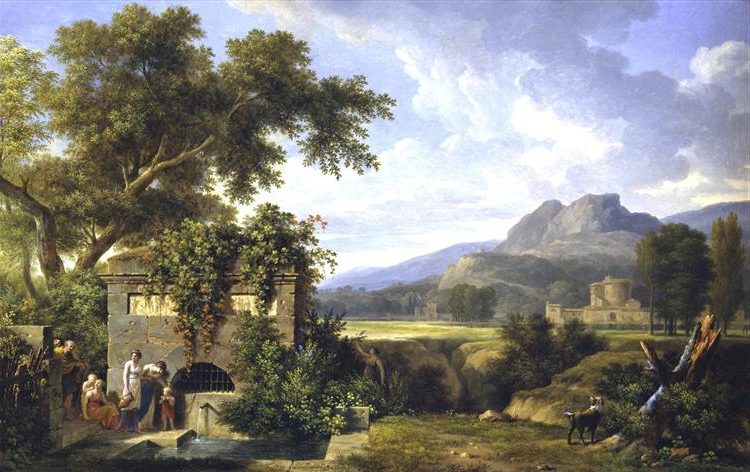
Classical Landscape with Figures Drinking by a Fountain, 1806
These outdoor studies were small but full of detail. They showed things like clouds, trees, and buildings in natural light. This was different from studio paintings that often looked less real.
Valenciennes taught his students at the École des Beaux-Arts to paint outdoors too. This helped spread the practice of en plein air painting.
Major Works and Recognitions
Valenciennes painted many famous landscapes. One is “Cicero Discovering the Tomb of Archimedes” from 1787. It’s in the Musée des Augustins in Toulouse.
He won prizes for his work. The French Academy praised his paintings that mixed landscapes with classical stories. This style was called paysage historique.
Valenciennes influenced other artists like Pierre-Athanase Chauvin and Hubert Robert. His ideas about painting nature directly shaped how later artists worked.
Legacy and Influence
Pierre-Henri de Valenciennes left a lasting mark on French landscape painting. He shaped the shift from Rococo to Neoclassical styles and inspired many artists who followed.
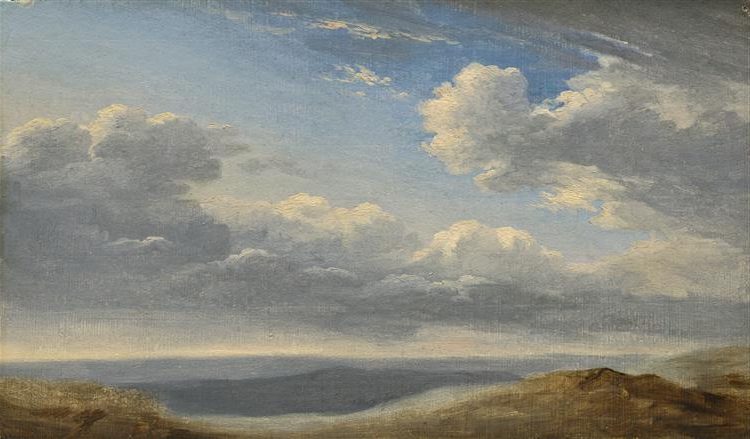
Study of Clouds over the Roman Campagna, 1782
Prominent Students and Successors
Valenciennes taught at the École des Beaux-Arts in Paris from 1812. He guided several notable students there, including Achille-Etna Michallon and Jean-Victor Bertin. These painters carried on his ideas about outdoor painting and landscape art.
Michallon became a key figure in French landscape painting. Bertin also gained fame for his landscapes. Both artists built on Valenciennes’ teachings about painting nature directly.
Other followers included Louis-François Lejeune and Pierre Prévost. They applied Valenciennes’ methods to their own work in landscape and history painting.
Enduring Impact on Landscape Art
Valenciennes promoted painting outdoors to capture light and weather effects. This approach, known as “en plein air,” became central to landscape art in the 19th century.

View of the Palace of Nemi, circa 1780
His book “Eléments de perspective” taught perspective principles for painting. It helped many artists improve their skills in depicting depth and space.
Valenciennes’ paintings, like “Cicero Discovering the Tomb of Archimedes,” blended history and landscape. This style influenced later artists who painted historical scenes in natural settings.
His work is now in major museums like the Louvre. Painters still study his techniques for capturing nature’s changing moods.
Frequently Asked Questions
Pierre-Henri de Valenciennes made key contributions to landscape painting. He shaped how artists worked outdoors and taught new methods at art schools. His ideas and paintings left a lasting mark on French art.
What are the notable contributions of Pierre-Henri de Valenciennes to the plein air painting technique?
Valenciennes promoted painting outdoors to capture natural light and weather. He urged artists to make quick sketches outside to record changing conditions.
Valenciennes wrote a book explaining his methods for landscape painting. This guide taught many artists how to paint nature more realistically.
How did Pierre-Henri de Valenciennes influence the Barbizon school of painters?
Valenciennes’ focus on nature inspired later artists in the Barbizon school. His ideas about studying landscapes directly shaped their approach.
The Barbizon painters took Valenciennes’ outdoor methods even further. They made finished paintings outside, not just sketches.
What are some of Pierre-Henri de Valenciennes’s most recognized works?
“Ancient City of Agrigento” shows ruins in a grand landscape. It blends real views with imagined classical elements.
“View of the Roman Countryside” captures the soft light and colors of Italy. Valenciennes painted many scenes from his time in Rome.
How did Pierre-Henri de Valenciennes’s approach to landscape painting differ from his contemporaries?
Valenciennes combined classical ideals with direct observation. Many artists then only painted imaginary scenes.
He taught painting outdoors was crucial. This was new when most landscapes were created indoors from memory or sketches.
Can you explain the historical significance of Pierre-Henri de Valenciennes in the context of French neoclassical painting?
Valenciennes brought new respect to landscape art in France. Before him, history paintings were seen as the highest form of art.
He showed landscapes could have grand themes like history paintings. This elevated their status in the art world.
What was the impact of Pierre-Henri de Valenciennes on the development of landscape painting as a respected genre?
Valenciennes helped make landscape painting an important art form. His teachings influenced many later French painters.
He argued landscapes deserved serious study like other subjects. This view changed how art schools taught landscape painting.

